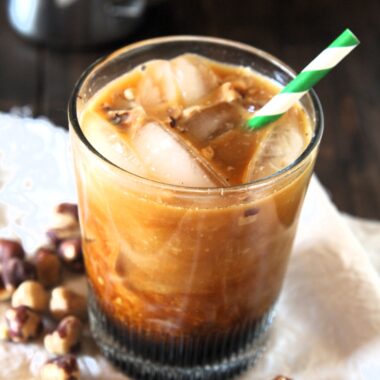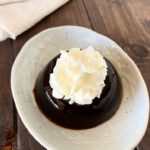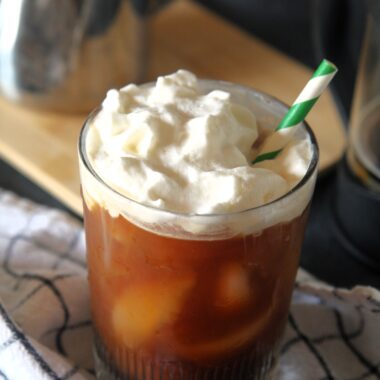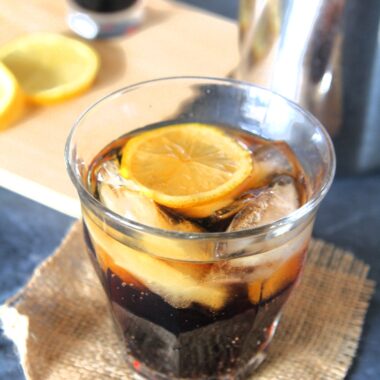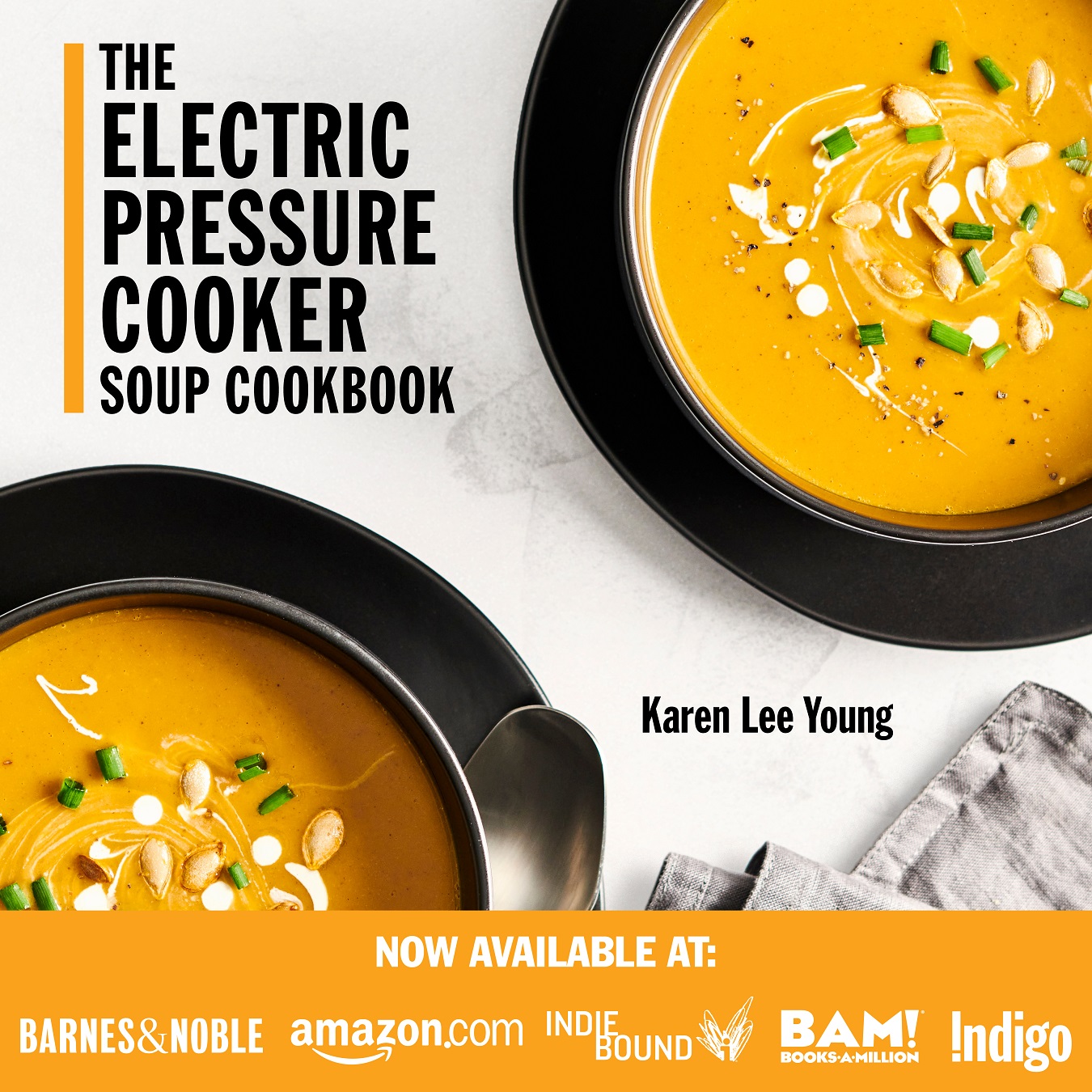Last Updated on March 9, 2024 by Karen
Discover the key difference between two popular espresso-based drinks – the piccolo and cortado coffee, and learn how to distinguish them based on their unique flavors and presentation.
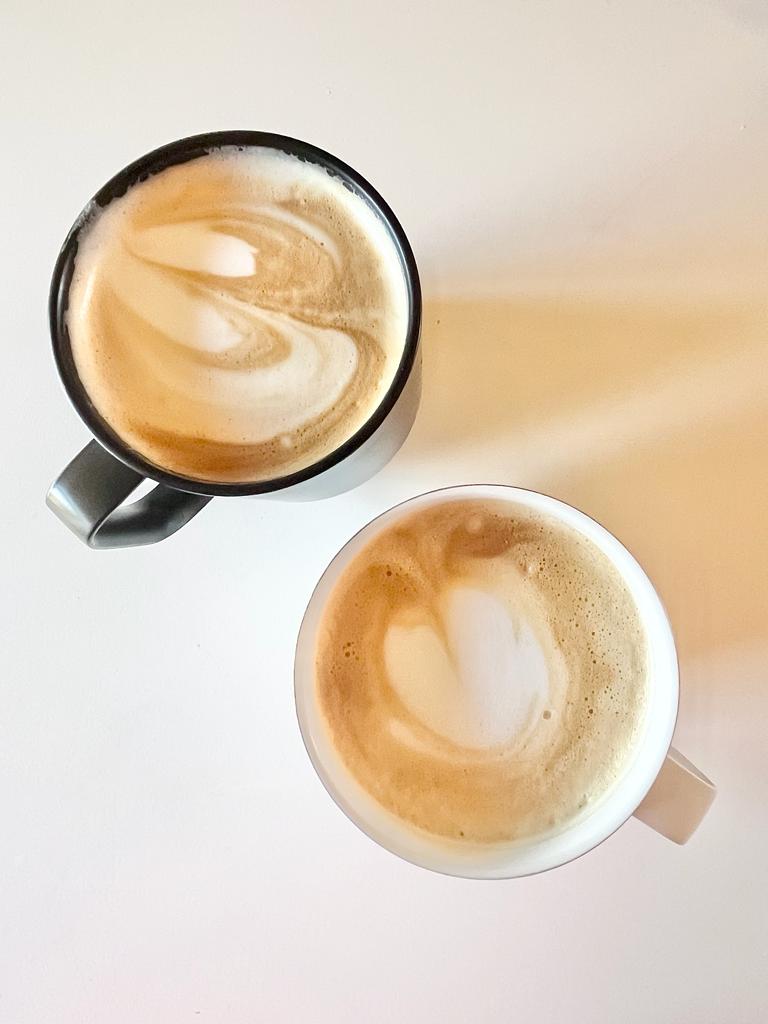
For coffee enthusiasts and lovers of espresso-based drinks in the United States and around the world, exploring new coffee beverages is part of the thrill. If you’re one of these coffee aficionados, you might be wondering by two popular options: the piccolo and the cortado coffee. While these espresso drinks might seem to be similar drink at first glance, their unique characteristics set them apart.
One morning, fueled by my curiosity for new coffee experiences, I walked into Stumptown Coffee Roasters in midtown NYC. Eager to try something different, I ordered what I thought was a cortado, only to find myself sipping on a perfect piccolo latte. It was a great cup of coffee of course, with strong flavors of the espresso combined velvety texture of the steamed milk, but it was nevertheless an unexpected twist. From that moment on, I learned to appreciate the delicate balance and unique characteristics of both piccolo and cortado coffee.
In this post, we’ll talk about the main differences between piccolo and cortado coffee, helping you understand their flavor profiles, presentation, and appeal to coffee lovers everywhere.
Other coffee drinks you may like:
- Refreshing Iced Coffee and Lemon Tonic Drink Recipe
- Easiest Overnight Cold Brew Coffee
- Dalgona Whipped Coffee
What are piccolo coffee and cortado coffee?
Piccolo coffee and cortado coffee are both espresso-based drinks that incorporate a carefully balanced ratio of espresso and milk. However, their preparation methods and ratios differ, resulting in distinct flavor profiles and textures.
A piccolo coffee, deriving its name from the Italian word for “small,” is indeed a smaller version of a regular latte (a small latte if you will). Typically served in a small glass or cup, it comprises a single espresso shot and a small amount of steamed milk. The milk is steamed to perfection to achieve a velvety texture, providing a creamy backdrop to the intense flavors of the espresso. This delicate balance makes the piccolo coffee a popular choice among coffee enthusiasts seeking a stronger coffee flavor in a smaller size.
On the other hand, a cortado coffee, derived from the Spanish word for “to cut,” is a Spanish espresso-based beverage. It features equal parts espresso and warm, steamed milk, served in a small glass or cup. Unlike the piccolo, the milk in a cortado is not textured, resulting in a creamier texture and a stronger coffee flavor. The absence of froth allows the intensity of the espresso to shine through, providing a bolder coffee experience favored by many coffee connoisseurs.
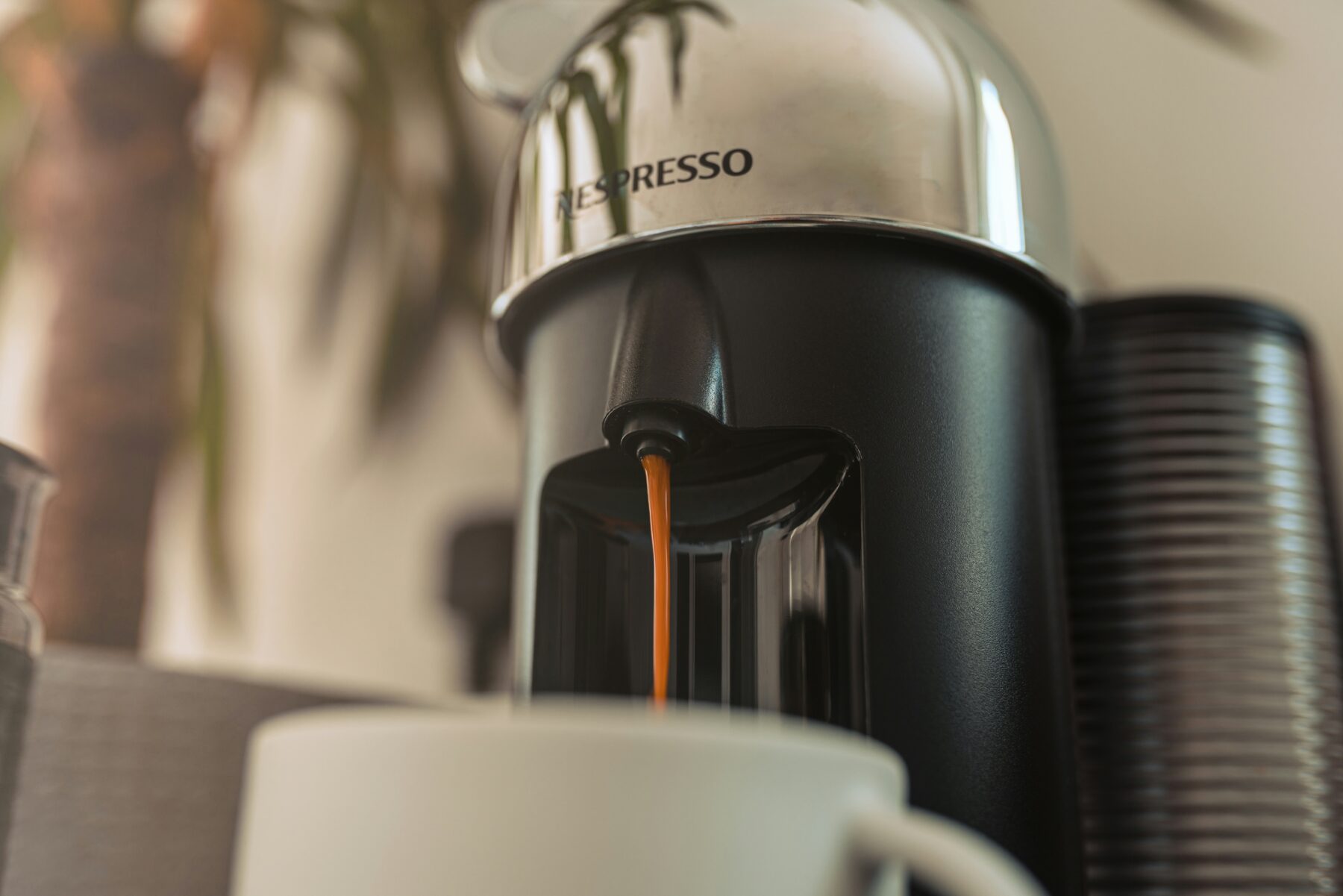
What are the flavor and taste differences between piccolo and cortado coffee?
The main difference between piccolo and cortado coffee lies in their flavor profiles and intensity of espresso.
Piccolo coffee offers a harmonious balance of flavors, with its equal or slightly higher ratio of milk to espresso. The creamy texture of the steamed milk complements the rich and intense flavors of the espresso, resulting in a velvety and smooth coffee experience. This delicate balance appeals to those with discerning taste buds who appreciate a perfect harmony of flavors in their coffee beverage. Like a regular latte, you’ll often find a layer of foam on top.
Meanwhile, traditional cortado coffee boasts a stronger and more pronounced espresso flavor. With its equal parts of espresso and milk, the cortado delivers an intense coffee experience that appeals to those who prefer a stronger coffee taste. The creamier texture of the milk enhances the richness of the espresso, providing a bold and satisfying coffee experience.
How does the caffeine content of piccolo latte differ from cortado?
In terms of caffeine content, both piccolo coffee and cortado coffee contain similar levels. Each typically features a single shot of espresso, offering an intense caffeine kick to fuel your day. However, it’s important to note that caffeine content may vary depending on factors such as the size of the espresso shot and the brewing method used.
Of course, you can always use decaf coffee beans and pull an espresso shot if you want to make a decaf piccolo or cortado.
Serving size comparison between piccolo vs. cortado coffee
The serving sizes of piccolo coffee and cortado coffee differ, reflecting their unique characteristics and origins.
A piccolo coffee is typically served in a small glass or cup, with an average volume of 100-120 milliliters (3.4-4.0 ounces). Its smaller size allows for a concentrated and intense coffee experience, perfect for those who prefer a strong yet balanced drink.
In contrast, a cortado coffee is often served in a small cup or glass as well, but with a larger volume compared to a piccolo coffee. The average serving size of a cortado ranges from 120-150 milliliters (4.0-5.0 ounces), providing a more substantial and bold coffee experience favored by those who enjoy a stronger flavor profile.

Variations on piccolo coffee and cortado coffee
Both piccolo coffee and cortado coffee can be customized and enjoyed with variations using different types of milk and sweeteners.
– Usually I like to use whole milk or 1% milk to make steamed milk, since it produces better milk texture. For those who prefer non-dairy options, almond milk, soy milk, oat milk, or coconut milk can be used as substitutes for regular cow’s milk. These alternatives add unique flavors and textures to the drinks, catering to individuals with dietary restrictions or preferences.
– Sugar alternatives such as honey, maple syrup, or agave nectar can be used to sweeten piccolo coffee and cortado coffee instead of traditional granulated sugar. These natural sweeteners provide a different depth of flavor and can enhance the overall taste of the drinks.
Cultural significance of piccolo and cortado
Piccolo coffee and cortado coffee hold cultural significance in their respective origins, adding to the allure and charm of these espresso-based drinks.
The piccolo coffee originated in Australia, where it gained popularity in specialty coffee shops in cities like Melbourne and Sydney. It is often associated with the Australian coffee culture, known for its emphasis on quality coffee and unique preparations. The piccolo coffee has become a staple in many Australian cafes and is beloved by coffee enthusiasts worldwide.
The cortado has its roots in Spain, where it is a traditional Spanish coffee beverage enjoyed by generations. The word ‘cortado’ translates to ‘cut,’ referring to the drink’s preparation method of cutting the espresso with an equal amount of milk. The cortado holds cultural significance in Spanish coffee culture and is often enjoyed as a mid-morning or afternoon pick-me-up.

Different types of coffee drinks similar to piccolo and cortado coffee
If you enjoy piccolo coffee and cortado coffee, you might also appreciate other espresso-based drinks with similar characteristics or preparations. Here are a few examples:
- Flat White: A popular Australian coffee drink similar to a piccolo coffee but with a higher milk-to-espresso ratio.
- Latte: A classic espresso-based drink made with a shot of espresso and steamed milk, featuring a higher milk-to-espresso ratio compared to piccolo and cortado.
- Macchiato: An espresso macchiato has a small amount of milk or foam ‘stained’ on top, offering a bolder coffee flavor compared to piccolo and cortado.
- Americano: A diluted espresso drink made by adding hot water to a shot of espresso, featuring a similar strength to a cortado but with a larger volume.
- Espresso: The purest form of coffee, a single shot of espresso offers a concentrated and intense coffee experience.
- Cappuccino: A classic espresso-based drink made with equal parts espresso, steamed milk, and milk foam, featuring a similar milk-to-espresso ratio to a cortado.
- Café au lait: A French coffee beverage consisting of equal parts brewed coffee and hot milk (not steamed milk!). It offers a creamy and mild flavor, typically served in a large cup or bowl for a comforting and satisfying experience.
Ingredients and preparation of piccolo coffee and cortado coffee
To prepare a piccolo coffee, you’ll need the following ingredients:
- A single shot of espresso
- Steamed milk
- Optional: sweetener of your choice (sugar, honey, etc.)
Here’s a simple preparation method for piccolo coffee:
- Start by pulling a single shot of espresso using an espresso machine. Ensure that the espresso shot is well-extracted and has a rich flavor.
- Steam the milk to achieve a velvety texture. The milk should be heated to around 140-150°F (60-65°C) and textured to create a smooth microfoam.
- Once the milk is steamed, pour it into a small glass or cup, filling it about halfway.
- Next, carefully pour the single shot of espresso into the glass, allowing it to blend with the steamed milk.
- Optionally, add a sweetener of your choice to enhance the flavor of the piccolo coffee.
- Serve immediately and enjoy your delicious piccolo coffee!
To prepare a cortado coffee, you’ll need the following ingredients:
- A single or double shot of espresso
- An equal amount of steamed milk
- Optional: sweetener of your choice (sugar, honey, etc.)
Here’s a simple preparation method for cortado coffee:
- Start by pulling a single or double shot of espresso using an espresso machine. Ensure that the espresso shot is well-extracted and has a bold flavor.
- Steam the milk to achieve a creamy texture. The milk should be heated to around 140-150°F (60-65°C) and textured to create a smooth microfoam.
- Once the milk is steamed, pour it into a small glass or cup, filling it halfway.
- Next, carefully pour the single or double shot of espresso into the glass, directly on top of the steamed milk.
- Allow the espresso and milk to blend together, creating a perfect balance of flavors.
- Optionally, add a sweetener of your choice to enhance the taste of the cortado coffee.
- Serve immediately and enjoy your delicious cortado coffee!
Keep in mind that the key difference between a cortado and piccolo is the ratio of espresso and steamed milk, so be sure to pay attention to the milk-to-coffee ratios to achieve the desired flavor and balance.
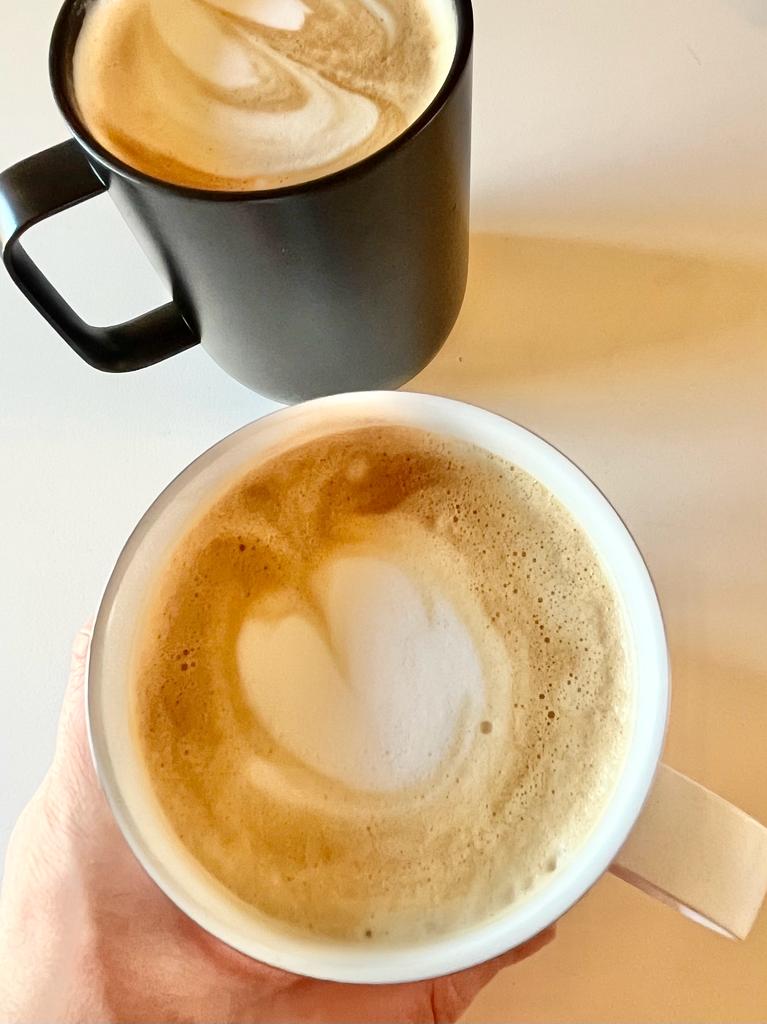
Can you use a single ristretto shot instead of espresso shot in cortado and piccolo?
Yes, you can use ristretto shots for making piccolo and cortado coffee. In fact, using ristretto shots can enhance the flavor profile of these espresso-based drinks by providing a more intense and concentrated espresso flavor.
A ristretto is a concentrated espresso shot that is brewed with less water than a traditional espresso. It is made by extracting a smaller amount of water through the same amount of finely ground coffee beans, resulting in a shorter extraction time and a more intense flavor. Typically, a ristretto shot is about half the volume of a regular espresso shot but contains a similar amount of caffeine. The shorter extraction process of a ristretto tends to emphasize the sweeter and more aromatic qualities of the coffee, while reducing bitterness. It’s often favored by those who love the intense flavors of espresso.
Note that because your ristretto shot is smaller, you’ll also need small amount of warm milk, resulting in less foam.
Can you use double espresso shot to make cortado and piccolo?
Yes, you can use a double espresso shot for cortado and piccolo. In fact, using a double espresso shot will result in a bolder and strong coffee flavor in the cortado, which can be appealing to those who enjoy rich flavors of espresso. Just ensure to maintain the equal parts espresso-to-milk ratio to achieve the characteristic balance of a cortado. Adjusting the amount of milk accordingly will help maintain the desired flavor and texture of the beverage.
What is the difference between cortado and Gibraltar coffee?
Gibraltar is a lesser-known espresso-based beverage named after the glass it’s traditionally served in—a small, narrow, and squat glass known as a Gibraltar glass. It typically consists of a double shot of espresso topped with a small amount of steamed milk, creating a rich and concentrated coffee experience with a velvety texture. The ratio of espresso to milk is similar to that of a cortado, resulting in a beverage that offers a strong coffee flavor with a touch of creaminess. The name “Gibraltar” is believed to have originated from its association with Blue Bottle Coffee Company in San Francisco, where it was popularized.
While piccolo coffee and cortado coffee share similarities as espresso-based beverages, their unique characteristics make them stand out in the world of coffee. Whether you prefer the creamy texture of a piccolo coffee or the bold flavor of a perfect cortado, these drinks offer something special for every coffee lover’s palate. So next time you’re at your favorite coffee shop, consider trying one of these delightful espresso-based drinks and embark on a journey to discover your perfect coffee experience.

